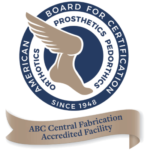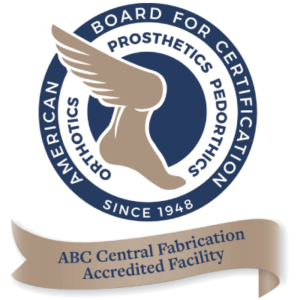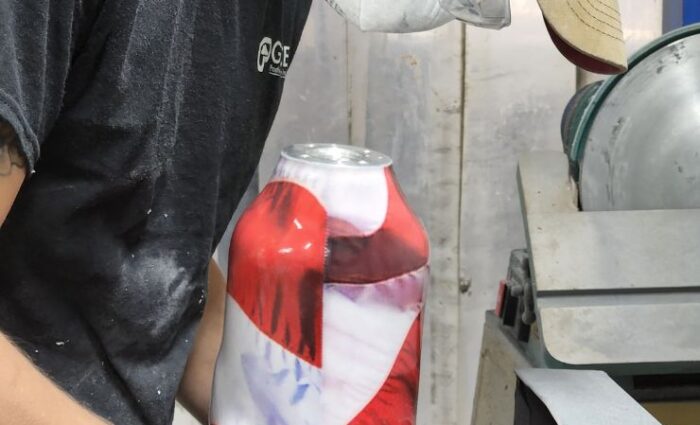How long does it usually take to design a prosthetic device?
Thanks to advances in central fabrication technology like 3D printing, prosthetic design and fitting takes much less time than it did a decade or so ago. Part of determining an expected timeframe will depend on a few different factors such as the amount of time needed to heal, how advanced the prosthetic needs to be, and the specifics of a patient’s insurance plan.
As a general rule, a temporary prosthesis could be ready right after surgery or up to a few weeks later, whereas the entire process from temporary to final fitting will typically take approximately three months.
What Happens from Amputation to Final Fitting?
As we’ve said, the process involved from the initial amputation to prosthetic design and the final fitting will typically take a few months. Some of the timeframes below may be truncated depending on a person’s individual situation, but this should give you a general idea of what happens from beginning to end, which you can relay to your patient:
- Heal and Stretch (before visit) — The first thing that happens is a visit to the doctor to get the wound checked out. The incision must be healed, clean, and dry before beginning the prosthetic-fitting process. The patient will need to follow the physical therapy routine advised by their doctor, such as performing stretches so that the residual limb stays flexible.
- Shrink and Shape (weeks 1-6) — Next, the patient will need to wear a shrinker throughout the day to reduce swelling. This helps to shape the limb so that it fits properly with the prosthesis.
- Casting the Limb (week 6) — Once there’s been two consecutive visits to our office where the measurements and shape of the person’s limb have remained stable, we’ll get it cast. We’ll then use this cast to create the temporary prosthesis.
- Creating the Temporary Prosthetic (weeks 7-8) — This part of the process takes approximately two weeks to complete. We take great care in ensuring that the socket/prosthesis is a custom fit.
- Trying Out the Temporary Prosthetic (week 8) — The patient will visit the office when the temporary prosthesis is ready so that he or she can test it out. From there, we’ll make any needed adjustments so that it fits as best as possible. During this visit, the patient will also choose the pattern that we’ll use to create the final prosthesis.
- Creating the Prosthetic (weeks 8-10) — It typically takes two or three weeks for us to complete the permanent prosthesis. We’ll also spend this time ordering attachments or other needed parts.
- Final Prosthetic Fitting (week 11) — After much anticipation, the final prosthesis will be ready and we’ll call the patient to the office. Our staff will then assist with the final fitting!
Should a Doctor or Patient Contact You Prior to Amputation?
Absolutely. In many cases, an amputation is sudden or only expected for a very short period of time. However, if the amputation is scheduled in advance because of health issues or a particular physical problem, we encourage the doctor or patient to contact us as soon as possible. Our team will evaluate their specific needs, possibly determine a more specific timeframe than what’s listed here, and may be able to do some preparatory work prior to the prosthetic design process. Going through this part of the process before amputation may reduce the time spent waiting for the final fitting, but just as important, it may make the patient more comfortable and lift their spirits if they’re having a rough time.
Contact Grace Prosthetic Fabrication to Learn More About Prosthetic Design
Grace Prosthetic Fabrication is the industry leader in prosthetic design. If you have any additional questions about the process or need to schedule a free, no-obligation consultation for your patient, give us a call at (800) 940-5347 today.






